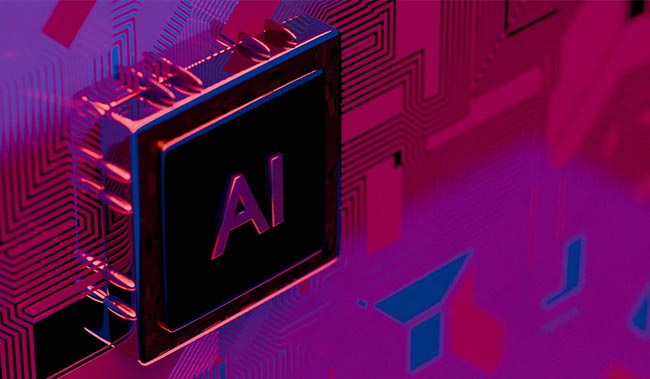2nd May 2025

As artificial intelligence (AI) continues to shape the future of technology, understanding the core models driving this transformation becomes essential.
In this article, we’ll explore three key components of modern AI: ChatGPT, large language models (LLMs), and generative AI.
ChatGPT is a conversational AI developed by OpenAI that can understand and generate human-like responses in natural language. It’s powered by a sophisticated large language model called GPT, which stands for Generative Pre-trained Transformer.
By 2025, ChatGPT has evolved far beyond a simple chatbot. It’s available across web, desktop, and mobile platforms, and can be integrated directly into business systems via robust APIs.
Companies now use it to automate customer service, generate marketing content, assist with development, and much more.
What’s more, ChatGPT has become multimodal – meaning it can process and generate not just text, but also images and diagrams, and it can even interpret visual inputs like photos or screenshots.
Using integrated tools like DALL·E for image generation and vision models for analysis, users can now ask ChatGPT to create graphics, describe visual elements, or even help brainstorm design ideas from a simple prompt.
Large language models are a type of AI designed to understand, generate, and manipulate human language at scale. They’re the brains behind tools like ChatGPT, Google’s Gemini, Anthropic’s Claude, and many others.
LLMs are trained on vast amounts of data – think books, websites, code, articles, and other publicly available content.
By analysing billions of words and learning the patterns within language, these models become remarkably good at predicting what comes next in a sentence, generating coherent responses, answering questions, summarizing documents, and more.
The “large” in LLM doesn’t just refer to the amount of data, it also refers to the size of the neural network powering the model.
We’re talking billions (or even trillions) of parameters, which are the internal settings the model uses to make decisions and generate output. The more parameters, the more nuanced and context-aware the model becomes.
Because they’re so good at mimicking human language, LLMs have enormous potential across industries – education, healthcare, legal, entertainment, customer service, and beyond. But with that power comes challenges:
And there’s always the question of how much we trust AI to speak on our behalf.
As of 2025, developers are working to make LLMs not just smarter, but more transparent, safer, and easier to customize for specific business needs.
Generative AI is a class of artificial intelligence that creates new content rather than simply analysing existing data.
Unlike traditional AI systems that sort, label, or classify information, generative AI can produce entirely new text, images, audio, video, and even code, based on the patterns it has learned from massive datasets.
Think of it like this: traditional AI might tell you what’s in a picture; generative AI can create the picture from scratch.
By 2025, generative AI has grown into a powerful, flexible technology with applications in nearly every industry.
It can:
Generative AI is not just about novelty, it’s a productivity multiplier. It reduces the time needed for creative, repetitive, or technical tasks, allowing humans to focus more on strategy, innovation, and decision-making.
But it also raises important questions: Who owns the content it generates? How do we handle AI-generated misinformation or deepfakes? And how do we ensure the outputs are ethical and inclusive?
The conversation around governance, transparency, and responsible AI is now as important as the technology itself.
Watch this video, where Talkdesk’s Ben Rigby explains the key differences between ChatGPT, Large Language Models and Generative AI.
This article is a revised version of ‘A Primer on ChatGPT, LLMs, and Generative AI‘, originally published by Talkdesk.
For more on how AI is shaping the future, read these articles next: